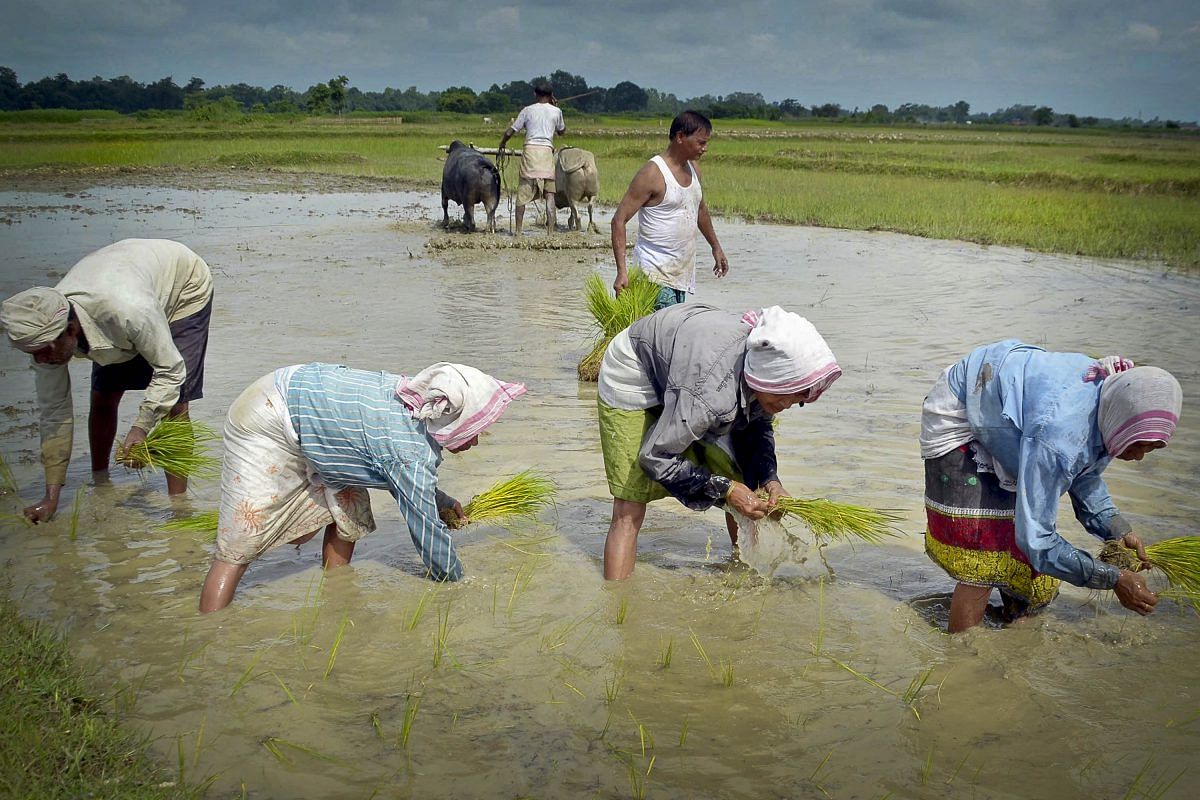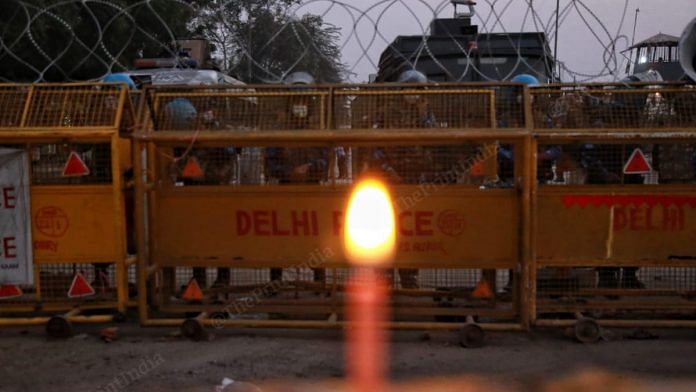Bengaluru: ‘Bella Ciao‘, the popular anti-Fascist anthem, is ringing once again, and this time to express solidarity with the farmers protesting against the three contentious farm laws. A Punjabi rendition of the iconic protest song by Poojan Sahil was released on YouTube Thursday and has so far had over 35k views.
The song’s video offers a montage of scenes and commentary from the ongoing farmers’ protest sites at Delhi’s borders.
An Italian folk song, Bella Ciao was born in the late 1800s and originally sung by women workers on paddy fields to protest against the harsh working conditions under which they laboured. It was later adopted as an anthem of protest against fascist powers, including against the Nazi German forces that occupied Italy in the 1940s.
Today, the song has become emblematic of resistance and continues to be sung in various languages worldwide.
ThePrint takes a look at the song’s history and its various adaptations through cultural and societal revolutions around the world.
Also read: ‘Kisan vs Delhi’ is ‘rebellion & revolution’ for Punjab and Haryana’s singers
Protests by Italian women farmers
From the early 1600s till the Cold War in the 1960s, paddy farms in Italy’s fertile Po Valley were worked on by the country’s farming women, who arrived from multiple regions to labour in the flooded rice paddies.
The women were known as mondine (singular mondina), rice weeders, and their work was to pluck weeds from the fledgling paddy shoots. The work required standing in knee-deep water, from sunrise to sunset; not too different from how women farmers continue to work in paddy fields of India even today.

The mondine belonged to Italy’s lowest socio-economic class, and toiled under harsh working conditions, for long hours, and under low wages, from the end of April till about early June each year. The flooded fields also attracted diseases such as malaria against which these workers had no protection.
But these fields, where the women worked for around 50 days a year, also became breeding grounds for new political ideologies, of talks on resistance and revolution.
Farmer dissatisfaction soon culminated into a number of strikes, protests, rebellions, and riots, through the end of the 19th and early 20th centuries. And Bella Ciao took birth during one of these protests.
Bella Ciao, which means “goodbye beautiful”, describes a typical day in the life of a mondina. It talks about waking up and working in the paddy fields, among insects and mosquitoes, and wasting away youth in the process. But the song also speaks of hope of freedom in the future.
In May 1906, the mondine began to strike with the intention of implementing an eight-hour workday. They were joined by other workers in the area — including metal workers, gardeners, factory workers, bakers, and many more — who demanded better hours and pay. Ensuing clashes and conflict subsequently gave rise to structured working conditions in Italy for low-income workers, and elimination of night work, restricted hours, and minimum wages.
World War II & revolutionism
The successful revolution in the paddy fields of Italy also led rice weeders to join Left-wing organisations fighting the rising fascist powers of Europe. Many of the left-wing groups were driven underground under Italian fascism, between 1922 and 1943.
But the rice weeders won important concessions from the fascist government through strikes and protest, such as paid travel and improved provisions for food and shelter.
When the Nazi forces occupied Italy, rice weeders played an important part in the country’s liberation. Many rice farmers and mondine left their fields and refused to return, instead taking part in the resistance movement.
It was during these years that the song Bella Ciao became a voice of resistance in various parts of Italy.
During World War II, Bella Ciao was revived again and adopted by the Italian resistance movement as an anti-fascist song, with modified lyrics. The Partisan (Italian resistance) lyrics speak of dying in bravery for freedom.
Bella Ciao has since been sung worldwide, in various languages, as a hymn for anti-fascism, freedom, and resistance.
Modern resurgence and adaptations
The song was recently popularised by the 2017 Netflix crime drama series Money Heist, which ran it as part of its soundtrack. The song is also played throughout the series as a metaphor for freedom.
The song has also been adopted by multiple climate and environmental activists demanding action against the ongoing climate crisis, including the Extinction Rebellion.
It was used in 2018 #EleNão (Not Him) movement against President Jair Bolsanaro in Brazil and also sung in Colombia as part of its anti-government protests last year.
In India, the song gained popularity when it was sung during protests against the violence that took place inside the Jawaharlal Nehru University campus last year.
Also read: Social worker returns Padma Shri, ex-boxing coach his Dronacharya in solidarity with farmers






